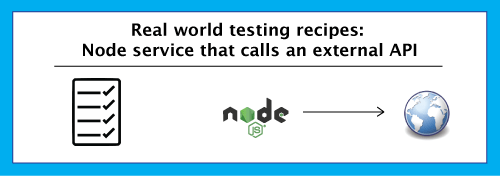Practice System Design interview question walkthrough
Tech job interviews are notoriously difficult. You never know what questions they are going to ask you - are they going to ask about obscure language trivia, have you build some UI component while doing a screenshare, ask you some algorithm puzzles that have no relevance to the job day-to-day, or ask you to design an architecture for some theoretical problem?
There are a million things they could ask you, and unfortunately you don't have much control over that. You can look on Glassdoor to see what the company tends to ask, but even then it's a gamble.
Personally I'm not a fan of how most technical interviews are done. Trivia questions aren't relevant and even experienced candidates often forget simple things all the time. Screensharing/livecoding some feature is more realistic, but time-consuming and nerve wracking. And Leetcode-style/algorithm puzzle questions you will almost never encounter in the real programming world, not to mention those can require weeks or months of studying - not something I personally have time for.
The one interview question type that I think is actually relevant are System Design questions.






